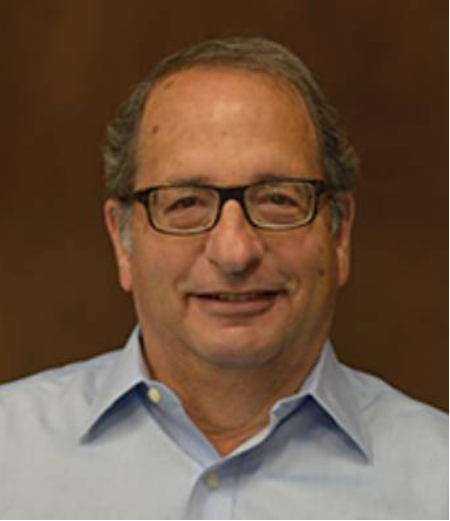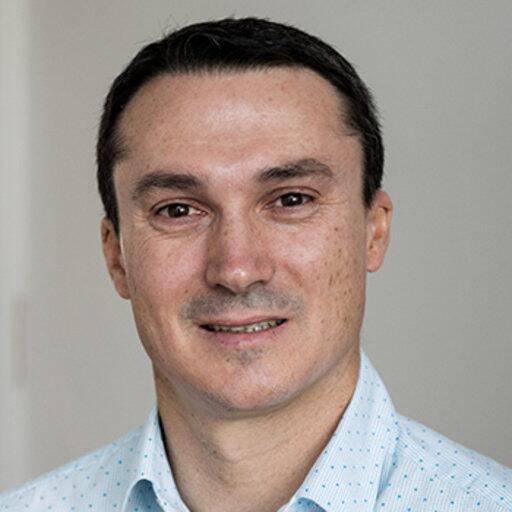
Prof. Eric J. Strauss
Michigan State University, USA
Dr. Eric Strauss is Professor Emeritus of
Urban and Regional Planning at Michigan State
University. He received his J.D. from Northwestern
University School of Law and his PhD in Urban and
Regional Planning from the University of
Wisconsin-Madison. Prior to joining Michigan State,
he taught at the University of Kansas where he was
the Chair of the Graduate Program in Urban Planning
and Indiana University.
While at Michigan State University, he was a former
director of the URP program. In the School of
Planning, Design and Construction. He also was a
Visiting Professor at universities in South Korea,
Ireland, and Germany. He was a Fulbright Scholar to
Panama and to Romania. He was named the “Outstanding
Site Visitor” by the Planning Accreditation Board
for 2022. He is the current President of the
Advisory Academic Council on Signage Research and
Education (AACSRE).
Dr. Strauss had more than 40 years of experience in
planning practice in both the public and private
sector. He was a planner for federal and state
governments, a city and county planning director, a
city attorney, and a consultant to more than 50
organizations, both public and private, on a wide
variety of planning related issues. Strauss prepared
many comprehensive plans and land use regulations at
all levels of detail for many communities.
His current research interests include measuring the
impact of climate action plans adopted by local
governments and universities as well as policies for
sustainability. He has published articles in the
fields of renewable energy, climate change and
climate refugees.
Speech title "Integrating Climate Security into U.S. University Energy Planning and Policies: A Pathway to Sustainable Governance"
Abstract-As public institutions with significant
energy demands and policy influence, U.S.
universities play a crucial role in advancing
climate security through integrated energy planning
and governance innovation. This study examines the
incorporation of climate security principles into
public universities' energy policies and frameworks,
emphasizing their potential to drive sustainable
governance.
The research evaluates institutional practices and
perceptions within campus populations using a
mixed-methods approach, including policy document
analysis, semi-structured stakeholder interviews,
and community surveys. The findings reveal
significant variability in approaches to climate
security integration. Universities are categorized
into “proactive institutions” that formally embed
climate security principles into their energy
policies and align them with broader climate
objectives, and “reactive institutions,” which treat
climate-related risks as operational concerns
without strategic alignment to overarching
sustainability goals. This dichotomy underscores the
need for more comprehensive frameworks that
transcend reactive measures to address climate risks
holistically.
The research identifies three critical policy
pathways for mainstreaming climate security: (1)
aligning campus energy goals with regional and
national climate strategies to ensure coherence; (2)
strengthening governance through interdepartmental
collaboration and accountability mechanisms to
address risks comprehensively; and (3) adopting
justice-oriented engagement practices to prioritize
equitable access to resilient energy systems and
address social equity alongside environmental
considerations.
This research highlights the transformative
potential of institutional leadership and
multi-stakeholder collaboration by conceptualizing
universities as ‘policy laboratories’ for
climate-secure energy governance. Universities have
the opportunity to model best practices and
influence broader societal transitions toward
climate justice and security. In conclusion,
advancing climate security on university campuses
requires shifting from reactive to strategic
approaches in energy planning. By prioritizing
policy coherence, fostering collaboration, and
integrating principles of equity and justice,
universities can lead the way in addressing one of
the most pressing challenges of our time.
 Haynes.png)
Prof. R. J. (Dick) Haynes
The University of Queensland, Australia
Professor Haynes works in the areas of soil and environmental science. His present research interests are in the use and recycling of industrial, agricultural and municipal wastes and minimising their effects on the environment. He has extensive experience having worked as both an applied research scientist and as a university professor and has worked in New Zealand, South Africa and Australia. He has published over 170 original research papers in international journals, over 20 review papers in international volumes as well as many conference and extension papers and contract reports. He has been an invited keynote speaker at 7 international conferences and has served on the editorial board of 4 international research journals. He has acted as principal supervisor and co-supervisor of PhD, MSc and honours students in both South Africa and Australia. Professor Haynes has carried out research in commercial horticultural, pastoral, arable and forestry production as well as in small-holder semi subsistence agriculture. He has also worked on bioremediation of soils contaminated with organic pollutants, rehabilitation of mined sites, application of organic and inorganic wastes to soils and the effects of heavy metal contaminants on soil processes. His research has been mainly in the areas of applied soil chemistry and soil microbiology/biology with links to soil physical properties and to pollution of air and water. He has specialised in working on applied problems and maintains strong links with industry. Major areas of research have included the role of grazing animals in the fertility of pastoral soils, N cycling and gaseous and leaching losses from arable and pastoral systems, soil quality and soil degradation under agricultural land use, effects of soil contaminants on soil processes, rehabilitation and remediation of contaminated, degraded and mined sites and use of wastes as soil amendments

Prof. Eric van Hullebusch
Université Paris Cité, France
Prof. Eric D. van Hullebusch received his PhD (Aquatic Chemistry and Microbiology) from Université de Limoges (France) in 2002. From November 2002 until October 2004 he was a Marie Curie Postdoctoral fellow at Wageningen University & Research (the Netherlands) where his research focused on the optimization of anaerobic granular sludge reactors by studying the speciation, bioavailability and dosing strategies of trace metals. In 2005, he was appointed as associate professor in biogeochemistry of engineered ecosystems at Université Paris-Est (France). In 2012, Eric van Hullebusch obtained his Habilitation qualification in Environmental Sciences from Université Paris-Est (France). The title of his Habilitation thesis is “Biofilms in the environment: from anaerobic wastewater treatment to material bioweathering”. From September 2016 until August 2018, he worked at IHE Delft as chair professor in Environmental Science and Technology and head of the Pollution Prevention and Resource Recovery chair group. In September 2018, he joined Institut de Physique du Globe de Paris (France) as full professor in Biogeochemistry of engineered ecosystems.